Why does Batman dress like a bat? In the words of Batman himself, “bats frighten me. It’s time my enemies shared my dread.”
In Batman Begins, the boundaries between human and animal are psychologically breached through Bruce’s lifelong phobia of bats. This all-consuming dread leads to Bruce’s attempt to confront this fear through exposure therapy. By exposing himself both physically and emotionally to the bats, a vulnerable Bruce hopes this will help to cure his fear once and for all.
The scene begins with a close-up shot (Figure 1) of Bruce’s face looking tentatively up towards the roof of the cave. Not only does Bruce’s face, highlighted by the practical lighting of the torch, connote fear for what animal he may soon discover, but the diegetic, echoed sound of dripping water in the cave combined with the intense build-up of Hans Zimmer and James Newton Howard’s score crafts a particularly ominous atmosphere. This suspenseful atmosphere is further crafted through the off-screen diegetic sound effects of the bats squeaking and flapping around the cave. Here, the bats are represented as an animal to be feared, with the sound of bats becoming synonymous with Bruce’s trauma following his prior, childhood experiences in the cave and the events which ultimately led to the death of his parents. Subsequently, bats symbolise not only Bruce’s fear but trauma too, with bats often haunting Bruce’s nightmares to constantly remind him that he is still unable to process his grief.
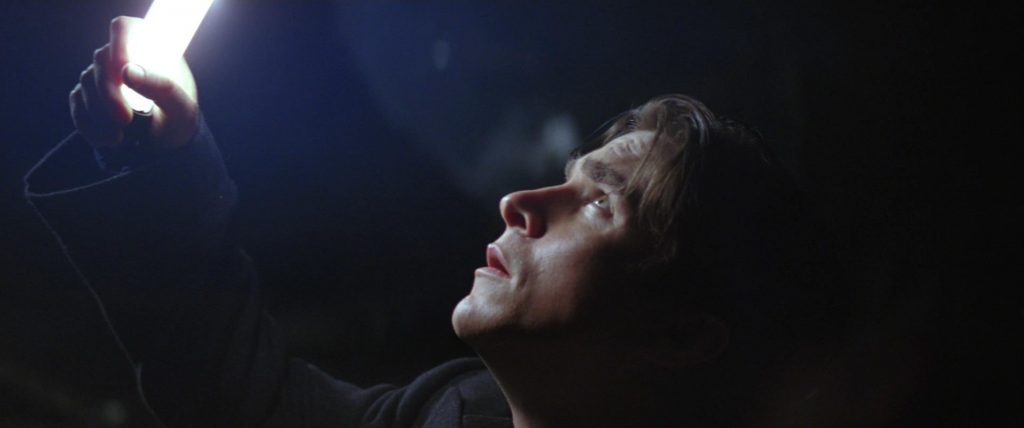
This iconographic image of the bat also has a strong, long-standing relationship with Gothicism, as Bram Stoker’s classic Gothic Literature novel Dracula popularised the association of bats with vampires. In Batman Begins, Gothicism is employed to show Bruce’s transformation as, like Dracula, he transcends the boundaries between human and animal to become a combination of both. However, Bruce challenges the conventions of Gothicism as, unlike Dracula and other popular figures in Gothic Literature, Bruce is portrayed as the heroic protagonist rather than the villain. Batman Begins therefore manipulates the conventions of Gothicicism by making the Gothic figure of Bruce the hero, with spectators expected to support and align with Bruce’s journey.
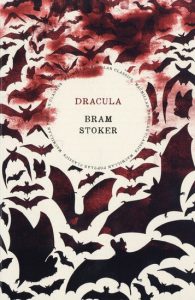
Figure 2 – Dracula Book Cover 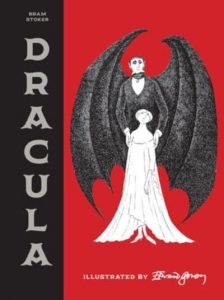
Figure 3 – Dracula Book Cover
The colony of bats begin to become physically present in the scene (Figure 4) as the epic score titled ‘Barbastella’ (the scientific, Latin name for a small, European genus of bats) reaches a satisfying, cathartic crescendo. Visually, the colony of bats are represented in the form of CGI as they begin to observe and interact with the powerless protagonist. Though at first Bruce reacts with panic towards the large group of flying bats by cowering to the ground, the change from a close-up to a medium-wide shot (Figure 5) shows Bruce slowly getting back up to brave his surroundings and confront his trauma-inducing phobia once and for all. Here, Bruce endures a spiritual, symbolic transformation as the bats continue to engulf and embrace the now unafraid Bruce as one of their own via a bat baptism. Bruce’s exposure therapy therefore acts as a sacred blessing from the bats, as Bruce quickly recovers from his phobia to accept and nurture this darker part of his psyche. Through their ritualistic, circling movements, Bruce consumes their ability to incite fear and takes this symbolic, Gothic image of the bat to rouse fear himself in Gotham City’s criminals by adopting a ‘bat’ alter-ego. Bruce’s emblematic, transformative journey into becoming one with the bats subsequently highlights the importance of animal / human relations, with Batman Begins using Bruce’s newly found, friendly symbiosis with bats to reflect our constantly changing perceptions on animals. From his exposure to bats, Bruce’s association of the animal with his own psychological, internalised trauma changes to instead connote his current, cognitive need for vengeance.
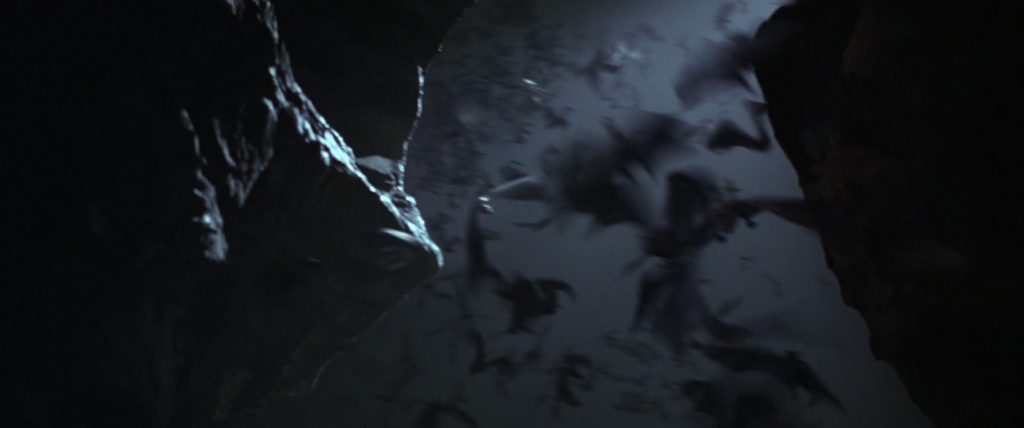
Figure 4 – The colony of bats reveal themselves to Bruce 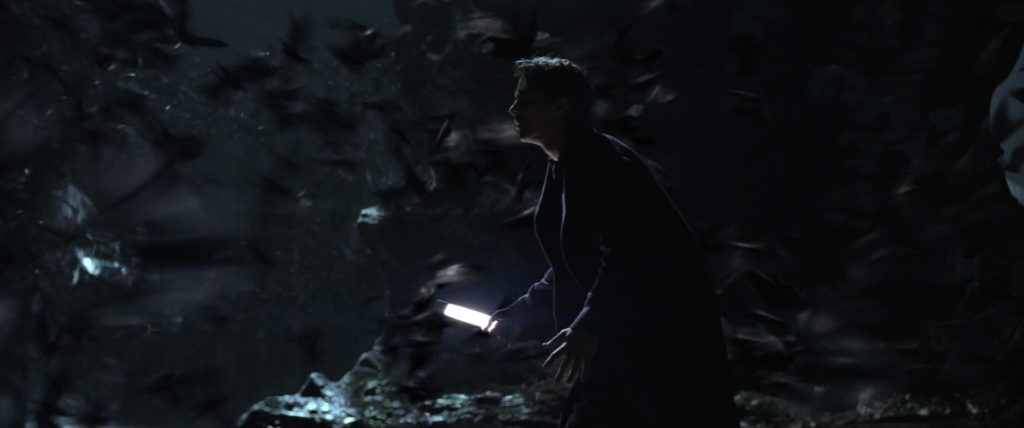
Figure 5 – The bats circle Bruce.
The climax of the epic score is also sustained throughout Bruce’s transformation into Batman, with his life-long fear of bats now conquered to a point where he and the bats have become equals. The cinematography switches again to display a wide shot (Figure 6) of the bats continuing to encircle Bruce, with his silhouette blending into the shadows of the cave and the colony of bats to become almost unrecognisable. As the camera moves further away from the spectator, we become more proximally distanced from Bruce as he has now physically crossed the boundary between animal and human. Bruce’s transformation into his zoomorphic alter-ego is complete: the Batman is born.
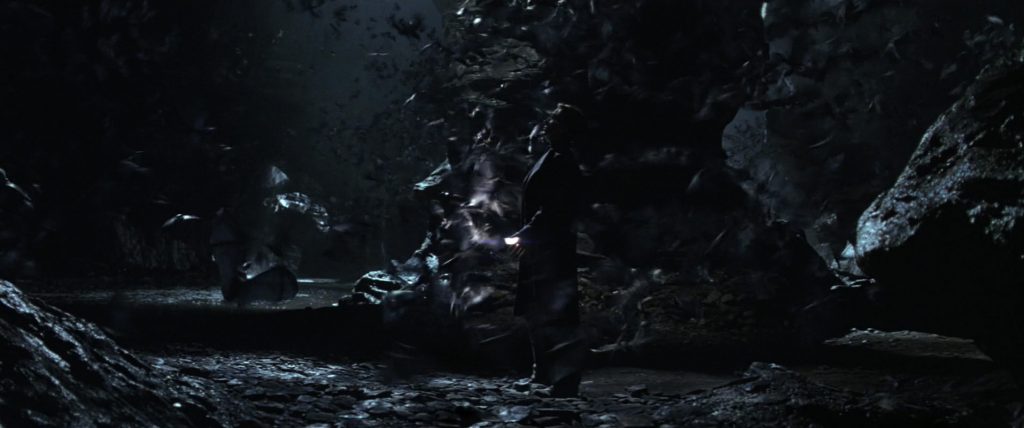
Figure 6 – Bruce blends into the shadows and silhouettes of the bats.
References:
Batman Begins, dir. by Christopher Nolan, (Warner Bros. 2005)